|
It might be winter with lots of snow, ice, and frigid temperatures, but I’m enjoying a touch of spring with these fresh and vibrant wines from Languedoc! Languedoc and Roussillon, now known as the Occitanie region since 2016, is France’s largest wine-producing area located in southern France(approximately 584,400 acres). It extends from the Rhône valley in the east to the Spanish border in the southwest. Languedoc makes up about 90% of this region, with Roussillon occupying 10%. The wine styles reflect the climate and terrain, which vary with the location of the vineyards growing from the Mediterranean Sea to the mountainous terrain more inland. While this region offers red, white, rosé and sparkling wines, about 75% to 80% of the wine production is red, with Syrah, Grenache, Mourvèdre, Cinsault, and Carignan being the major players. The red wines are noted for being fruit-driven and full-bodied, with an emphasis on blends rather than single varietals. White grapes include Grenache Blanc, Picpoul, Vermentino, Viognier, and Bourbouelenc.
Most of Languedoc’s vineyards are located on coastal plains, and Roussillon vineyards lie in the foothills of the Pyrenees or on cliff tops. The vineyards experience a primarily Mediterranean climate with varying microclimates and soil composition. It is interesting to note that Languedoc is documented as one of France’s largest organic wine-growing regions. Here are three samples of what Languedoc has to offer. Domaine Reine Juliette Picpoul de Pinet ‘Terres Rouges’ 2020 Domaine Reine Juliette is a sixth-generation winery located on the Via Domitia in Pomerols on the Mediterranean coast. This wine is made from 100% Picpoul blanc grapes planted in red limestone gravel in vineyards situated in the Appellation of Protected Designation of Origin Languedoc “Picpoul de Pinet.” Fermentation takes place in stainless steel, with short aging in bottle before release. Nose: Floral, white stone fruit, melon, and citrus Palate: Dry and crisp with lemon, honeydew, white peach, minerality, and a touch of red ruby grapefruit on the finish. Alcohol: 13% SRP: $23 Pairing: Enjoy as an aperitif or serve with salmon croquettes, shellfish, or oysters. Terre Des Dames Le Rosé 2020 AOC Coteaux du Languedoc Terre Des Dames was purchased in 2002, but the estate’s originality shines through with its 100 -year-old vines and 18th-century buildings. This rosé is a blend of 40% Mourvèdre, 30% Grenache, and 10% Syrah. Grapes are sourced from small plots on different levels and are surrounded by ancient stone walls and wild garrigue. Nose: Floral, red berries, Palate: Fresh fruit, raspberry, strawberry, spice, minerality, and a hint of herbal. Crisp, dry, with subtle complexity, and quite delightful! Alcohol: 13% SRP: $21 Pairing: Enjoy as an aperitif or serve with light fare. Domaine La Madura ‘Classic Rouge’ 2018 AOP Saint-Chinian Domaine La Madura is located in Saint-Chinian appellation, with blocks of vineyards planted on a patchwork of very varied soils and altitudes that differ from one plot to another. The blend for this wine is 34% Grenache, 22% Carignan, 22% Mourvèdre, and 15% Syrah, with vines growing on slopes in varying soil types such as clay-limestone, sandstone, and schist. Aging of wine is in concrete vats and 3 to 10-year-old barrels for Syrah and Mourvèdre. Nose: Cherry, dark fruit, herbal notes, and earthy. Palate: This wine is fresh and sassy. Aromas segue onto the palate with silky tannins, anise, and minerality. Alcohol: 14% SRP: $22 Pairing: Grilled meat, stews, glazed duck, seared tuna, mushroom risotto, or hearty soups. The above wines are unique and expressive of Languedoc’s terroir. If you can’t travel to Languedoc right now, let your palate take you on tour. Even with lots of snow outside my window, I’m happy to sip these wines and let them take me to Languedoc for a visit. Until next time… Cheers! Penina To leave a comment or if you have an inquiry, please contact me at [email protected] Spring has finally arrived and quietly entered a world filled with chaos and uncertainty. Most of us have barely noticed that a new season has begun, but spring brings with it a time of renewal, rebirth and hope. Although many of us are sequestered right now, Mother Nature is not. Soon, the trees and flowers will be blooming, birds will be building nests, hummingbirds will return to the north and we will all eventually get back to “normal”. We will once again enjoy picnics, outdoor concerts, dining in restaurants and travel! So, with that in mind, here are some delicious rosés from around the world to usher in spring. Let’s bring the celebration indoors and toast Mother Nature and us! La Fiera Cerasuolo d’Abruzzo Rosé DOC 2018 This wine is 100% Montepulciano. The grapes are sourced from the Cerasuolo d’Abruzzo DOC appellation in Abruzzo, Italy. A lovely bouquet of strawberry, cherry and floral segue onto the palate with a perfect blend of crisp acidity and fresh, ripe fruit and a delightfully long finish. This is a great wine to serve as an aperitif or with summer fare. Alcohol: 12.5% SRP: $8 Mont Gravet Rosé 2019 This wine is from Pays d’Oc, France and is made with 100% Cinsault. Berry aromas lead to a fresh, fruit-forward palate with cherry, berries and a hint of peach and pears. Nice structure and balance. Drink as an aperitif or serve with light fare. Alcohol: 12% SRP: $10 Santa Julia Malbec Rosé 2018 This wine is from Santa Rosa & Maipu Vineyards in Mendoza, Argentina. It is made with 100% Malbec organic grapes. Wonderful aromas of berries and dark cherry segue onto the palate with juicy fruit and a trace of baking spice. Nicely balanced. Drink as an aperitif or serve with light fare. Alcohol: 14% SRP: $11 Mas Fi Cava Brut Rosé NV This sparkling wine is produced by the Masachs family. The grapes are 100% Trepat and sourced from DO Cava (Penedes) in the Catalan region of Spain. This Brut Rosé undergoes a second fermentation in the bottle (Metode Tradicional) and is aged for 11 months. Red fruit aromas of mostly berries and a trace of floral open to a palate of fine bubbles, red berries, cherry and pomegranate. It is nicely balanced with good structure. Drink as an aperitif or pair with a myriad of cuisines. Alcohol: 11.5% SRP: $12 Hess Select California Rosé 2019 Made with 100% Pinot Noir, this juicy and crisp wine has red berry and floral aromas. The palate offers strawberry, red cherry and peach balanced nicely with acidity. Drink as an aperitif or serve with light fare. Alcohol: 13.5%. SRP: $12 Domaine Bousquet Rosé 2019 This wine is made with organic grapes and is a blend of Pinot Noir, Tempranillo, Pinot Gris and Viognier. The grapes are sourced from vineyards in Tupungato Alto Gualtallary in Mendoza, Argentina. Aromas of nectarine and berries set the tone for this lively wine. A palate of red berries, cherry and a splash of citrus are enriched by the fresh acidity. Drink as an aperitif or serve with light fare. Alcohol: 13% SRP: $13 All of these wines are under $15 and are quite impressive. I’m looking forward to sipping rosé at an outdoor concert soon. But for now, I’ll settle for a glass or two of wine on my front porch or in my cozy house. Be safe, be smart and stay well!
Until next time, Cheers! Penina To leave a comment or if you have an inquiry, please contact me at [email protected] If you are looking for expressive French wines that will please your palate, includes a vast range of styles, are food-friendly and won't put a dent in your wallet, then read on. Southwest France, (Sud-Ouest in French) is bordered by the Atlantic Ocean on the west, the massive Pyrénées Mountains and Spain to the south and Bordeaux to the north. It is the fifth-largest winegrowing region in France with 300 grape varieties of which 130 are native grapes. Add to that, over 120,000 acres of land of which 40,000 acres are vineyards, plus 42 geographical designations and you have an impressive wine region. Without going into too much detail, there are four sub-regions throughout the Southwest with varying types of climate, soil and grape varietals. Typical climates can range between temperate oceanic and continental depending on how close the vineyards are to the ocean or if located more inland. The soil composition also varies with clay-limestone, tawny sands and pebbles throughout most of the region. These diverse, terroir-driven wines derive their character and expression from these elements and therefore the winegrowers in Southwest are taking climate change very seriously. A major concern is that over the past few decades, dozens of native grape varieties have disappeared. Three progressive groups have formed throughout the region and they are actively tracking the existing grapes, looking for ways to adapt to global warming and reduce carbon footprint. Many winegrowers are practicing sustainability with organic and minimal interference in the vineyards. And some winemakers are studying the genetic makeup of ancient grape varieties in the hopes of creating newer versions of the grapes that can adapt to climate change and are resistant to disease. The sub-regions of the Southwest are: Bergerac & Dordogne River, Tarn-et-Garonne, Lot River, Pyrénées and IGP- Côte de Gascogne Within these sub-regions are many small villages and communal appellations that must adhere to the rules and regulations of AOP (Appellation d’Origine Protégée) or IGP for larger designated areas (Protected Geographical Indication). I recently received five Southwest France wines representing different sub-regions and appellations. In addition to the quality of these wines, the price range is an impressive range of $9 - $13! Domaine des Cassagnoles, Côtes de Gascogne 2018 IGP Depending on the vintage, this wine is typically Colombard dominant with Ugni Blanc and Gros Manseng grapes. The wine is aged in tanks until bottling. A floral bouquet leads to a crisp wine that is nicely balanced between fruit and acidity. Stone fruit, minerality, green apples and a hint of lime entertain the palate. Drink as an aperitif or serve with light appetizers, fish and light pasta. Alcohol: 12.5% SRP: $10 Château Lastours, Gaillac 2016 AOP This wine is a blend of 30% Syrah, 30% Braucol, 20% Merlot and 20% Cabernet Sauvignon. It is aged in tanks for 2 to 3 years. The wine is deliciously juicy with ripe red berries, spice and soft tannins. Serve with grilled or roasted meats, poultry, casseroles and cheese. Alcohol: 13% SRP: $10 Vinovalie, L’infini Malbec Cahors 2016 AOP This wine is 100% Malbec. It has lovely aromas of dark fruit and spice that spill onto the palate with juicy blackberry, blueberry and plum. The wine is nicely balanced with soft tannins. Vanilla, toasted nuts and pepper linger on the finish. Serve with grilled meat, chicken and hearty stews. Alcohol: 13.5% SRP: $9 Château Tour Des Gendres, Bergerac 2016 AOP This wine is a blend of 60% Merlot and 40% Malbec. Raspberry, cherry and sweet spice aromas lead to a palate of juicy black cherry, plum and spice. This is a beautifully structured wine that will pair well with roasted meat, game, hearty stews and aged cheese. Alcohol: 13.5% SRP: $13 Famille Laplace, Madiran Laplace 2016 AOP This is a blend of 70% Tannat and 30% Cabernet Franc. Although Tannat tends to be quite tannic, this wine is rich and surprisingly smooth. Lots of juicy dark fruit and acidity blend perfectly with hints of violet and spice. Pepper, vanilla and a hint of anise linger on a long finish. This wine will pair nicely with roasted red meat, white meat, stews and risotto. Alcohol: 13.5% SRP: $13 I had to pinch myself a few times and reread my notes on the prices for these wines to make sure that I hadn’t transposed the numbers. Not only are the wines engaging and expressive, but the price to value ratio has left me speechless! No wonder that cases, as opposed to bottles, are being sold. I think it’s time to explore more of these delectable wines from Southwest France!
Until next time... Cheers! Penny To leave a comment or if you have an inquiry, please contact me at [email protected] Around this time last year, I reviewed Ferraton Père & Fils La Matinière Crozes-Hermitage and Samorëns Côtes-du-Rhône Red 2015 vintages. Ferraton Père & Fils is a producer and négociant of wine throughout the Rhône Valley. Twenty percent of Ferraton production is estate wines with grapes sourced from the domaine’s 37 acres in the Northern Rhône’s Hermitage, Crozes-Hermitage and St. Joseph appellations. The rest is sourced from sustainably farmed fruit in both Northern and Southern Rhône appellations all of which are biodynamic and certified organic. To learn more about this producer and the Rhône Valley, please click ‘Ferraton Père & Fils’ or Rhône Valley on the menu at right. The 2017 vintages of Ferraton Père & Fils La Matinière Crozes-Hermitage and Samorëns Côtes-du-Rhône Red are quite pleasing to the palate and light enough to be enjoyed with a variety of cuisine. La Matinière Crozes-Hermitage 2017 is 100% Syrah. Crozes-Hermitage is the largest appellation in the Northern Rhône and is known for its exceptional Syrahs. The climate here is moderate-continental and a bit cooler than the Southern Rhône but still it is far enough south to produce earlier ripening grapes. The grapes for the La Matinière are sourced and blended from a mix of estate and neighboring vineyards in the Mercurol and Beaumont-Monteux districts of central and southern Crozes-Hermitage. Glacial alluvial deposits with rounded pebbles, stones and gravel soils along with potassium residue can be found here, which contribute to fleshier, rounder wines. This wine is partly matured in oak barrels for 12 months before bottling. This wine begins with lovely floral aromas mixed with strawberry, cherry and baking spice. The palate offers an array of red fruit such as raspberry, pomegranate and sour cherry. It has a nice balance to it that finishes with hints of pepper, cherry and vanilla. Alcohol: 13% SRP: $26 Samorëns Côtes-du-Rhône Red 2017 is a blend of 85% Grenache, 10% Syrah and 5% Cinsault. Grapes are sourced from vineyards situated on the left bank of the Southern Rhône with flatter terrain that consists of stony soil including limestone, clay and sand. The climate is Mediterranean with mild winters and warm, dry summers. This terroir-driven wine bursts open with aromas of berries, floral and spice. The palate offers juicy red fruit with flavors of blackberry, dark raspberry, anise and spice with a tart plum skin finish. It is the perfect combination of fruit and savory.
Alcohol: 14.5% SRP: $16 With the holidays fast approaching, you won’t go wrong with adding these wines to your shopping list and dinner table. Until next time… Cheers! Penina To leave a comment or if you have an inquiry, please contact me at [email protected] The leaves are beginning to change color and some of them are already sprinkling to the ground. It is officially autumn, however I’m not quite ready to put away my sandals. And, I’m certainly not inclined to shelve my white and rosé wines. In fact, if you have kept up with my stories, then you know I tend to drink these wines all year round. To welcome the fall season, I decided to open a crisp rosé from Michel Chapoutier’s Domaine de Bila-Haut vineyards located in the region of Côtes de Roussillon, Languedoc. To learn more about Michel Chapoutier, please click on the link below or peruse the Categories list to the right of this page. http://thewineknitter.com/the-journal/category/bilahaut Domaine de Bila-Haut “Les Vignes” Pays d’Orc Rosé 2018 is a blend of 60% Grenache and 40% Cinsault that is fermented and aged in tanks. Up until the 2018 vintage, Michel, ever the artist and experimentalist, also used 5% Syrah in the blend, but he has phased it out completely. This coral-colored wine has subtle but inviting aromas of floral, citrus, red fruit and minerality. The palate offers a soft array of berries, rose, herbs, minerality and a hint of watermelon. This is a dry and refreshingly crisp wine with just a trace of citrus on the finish. Drink as an aperitif or serve with light pasta, seafood, sushi and salads. Alcohol: 12.5% SRP: $15 Although I’m taking inventory of my red wines and getting ready for those cold winter days ahead, my refrigerator will always be stocked with white, rosé and sparkling wines! Until next time…
Cheers! Penina To leave a comment or if you have an inquiry, please contact me at [email protected] Summer isn’t over yet. There are still 5 weeks to go to enjoy outdoor concerts, beach time, backyard picnics and lazing in the hammock. With all the canned wine now available on the market, it is easier than ever to pack a few cans into one’s picnic basket. Tussock Jumper has taken it one step further by attaching a disposable wine cup to a single-serve, 187ml recyclable plastic bottle. The bottles are easy to transport and as you can see, two of them fit into my small hand! Tussock Jumper is a wine brand comprised of premium wines selected from eleven different countries around the world. The grapes are harvested from a collection of small vineyards carefully chosen for the best quality grapes. And all the wines are produced and bottled where the grapes are sourced. Tussock Jumper’s slogan is “Jump Around The Wine World”. A “tussock” is a knobby type of grass. As quoted from Tussock Jumper website “it symbolizes our green credentials and commitment to preserving nature. We take great care that all our wines are grown and produced under the best and most sustainable conditions.” Each bottle of wine depicts an animal that is native to where the wine comes from. And why the red jumpers you might ask? According to Tussock Jumper, the red jumper is a seal of authenticity, guaranteeing that all has been done to provide the consumer with quality wine. Tussock Jumper Chardonnay, France 2018 This wine is 100% Chardonnay with grapes sourced from the South of France. A Mediterranean climate and assorted clay soils help to give the wine its character and crisp acidity. The wine was aged for nine months in 50% American and 50% French oak barrels. A soft lemon color gives way to lovely aromas of pear, citrus, granny smith apples and a touch of floral. A palate of pear, stone fruit and honeysuckle mingle with a hint of vanilla on the finish. Crisp acidity and a wonderful mouthfeel make this a very refreshing wine. Drink as an aperitif or pair with seafood, light pasta salads and grilled veggies. Alcohol: 13% SRP: $3.99/187ml Tussock Jumper Pinot Noir, France 2018 This wine is 100% Pinot Noir. Grapes were sourced from the South of France in vineyards resting on clay and limestone terraces. This ruby-red wine has a lush bouquet of ripe red berries, blackberry, cherry and a touch of sweet spice that segues onto the palate with a nice jammy mouthfeel infused with a hint of white chocolate and pepper. Tannins and acidity blend well together. Drink with grilled meats, fowl, pasta and cheese.
Alcohol: 12.5% SRP: $3.99/187ml The above wines depict a wild boar on the label, which is native to this particular region. Other single-serve varietals include Pinot Grigio and most recently, Malbec. In addition to single-serve wines, Tussock Jumper has an impressive portfolio of wines from around the world that are available in 750ml size bottles. I will be exploring more wines from Tussock Jumper very soon and will share my thoughts with you. Until next time… Cheers! Penina To leave a comment or if you have an inquiry, please contact me at [email protected] Although I never need an excuse to open a bottle of wine, celebrating Bastille Day with a French rosé is a must! Okay, so I’ve jumped the gun and started the celebration a few days early! Bastille Day is celebrated every year on July 14th. The French call it “Le Quatorze Juillet” or “La Fête Nationale.” In addition to France, many French-speaking regions around the world celebrate this day, including the USA. It is celebrated with parades, fireworks, French food, wine and dancing. Here is a very brief account as to why Bastille Day is such a significant day for France. On July 14th, 1789 a group of revolutionaries stormed the Bastille prison marking the start of the French Revolution. The Bastille was a symbol of the tyrannical rule of the Bourbon monarchy. King Louis XVI and his wife Marie Antoinette were overthrown, ending the “Ancien Régime”. By the order of France’s new revolutionary government, the Bastille prison was torn down with the last stone being removed in 1790. And we all know the fate of Marie Antoinette. My “early” celebration began with a rosé from the Côtes de Provence, the largest appellation in Provence, located in southeastern France. The Commanderie De Peyrassol is situated in the Var amid the foothills of the Massif des Maures. Commanderie De Peyrassol was founded by the Knights Templar in the 13th century. The first recorded harvest was in 1256! This domaine has a long and rich history that reads like a novel and is worth perusing on their website. https://www.peyrassol.com The current owner is Philippe Austry who purchased the property in 2001 and lovingly restored and renovated it with the help of his nephew Alban Cacaret, who manages the domaine. The domaine is comprised of 950 hectares of which 93 hectares are under vines. More than ten grape varieties are grown here. The climate is typical Mediterranean, with hot, dry summers and mild winters and the soil is a mixture of clay and limestone, with heavy gravel content. Cuvée de la Commanderie Rosé 2018 A.O.P. Côtes de Provence is a beautiful blend of 45% Cinsault, 29% Grenache, 15% Syrah, 6% Rolle, 5% Mourvèdre, Cabernet and Carignan. This wine has a soft peach color with aromas of red berries, salinity and floral. The palate offers strawberry, raspberry, light citrus, salinity and crisp acidity. This is a dry and complex wine that displays elegance and freshness with savory taking the lead over fruit. Serve as an aperitif or pair with seafood, grilled fish, appetizers and light pasta. Alcohol: 12.5% SRP: $20 Whether you’re celebrating, July 4th, Bastille Day or life in general, enjoy it with a glass of this rosé. You’ll thank me for it! Until next time…
Cheers! Penina To leave a comment or if you have an inquiry, please contact me at [email protected] It’s that time of year again for hearts, flowers and everything pink! Yes, Valentine’s Day is fast approaching. So, to get in the spirit of the holiday and in keeping with the pink theme, I opened up a bottle of rosé from the south of France. Provence is no stranger to winemaking, and most winemakers from this region would agree that Côtes de Provence, the largest appellation here, is the heart of rosé wine production that also makes the vast majority of rosé wine in Provence. Château Montaud is located in the heart of the Maures Mountains on the site of an old Roman villa. As with most wineries in the Côtes de Provence, Château Montaud is family owned. Francois Ravel started the winery in 1964 and today, his grandson Frederic Ravel presides over this 840-acre estate. The warm Mediterranean climate with hot summers, mild winters and low rainfall are ideal for growing grapes. The vines grow on long schist and sandstone terraces with cool breezes that emanate from the Mediterranean Sea. Château Montaud practices sustainable farming and integrated farming techniques, keeping the number of treatments required to a minimum. They grow varietals such as Grenache, Syrah, Cinsault, Tibouren, Cabernet Sauvignon, Rolle and Chardonnay. Their winemaking techniques encompass advanced technology and traditional winemaking methods. Château Rosé Montaud Côtes de Provence 2017 is a blend of Cinsault, Grenache, Tibouren and Carignan. This aromatic blend is an inviting color of pink salmon with notes of fresh red fruit, strawberry, cherry, cranberry and hints of minerality. The palate is filled with flavors of cherry, strawberry, a trace of pepper and a touch of “the sea”. It is a very refreshing rosé with the perfect balance of acidity, minerality and dryness. Drink as an aperitif or pair with light fare such as seafood, shellfish, cheese, salads and light pasta. Alcohol: 12.5% SRP: $9 Now that I’m getting in the mood for Valentine’s Day, it’s time to decide what sparkling wines to chill! What will you be drinking? Until next time…
Cheers! Penina To leave a comment or if you have an inquiry, please contact me at [email protected] |
Categories
All
|

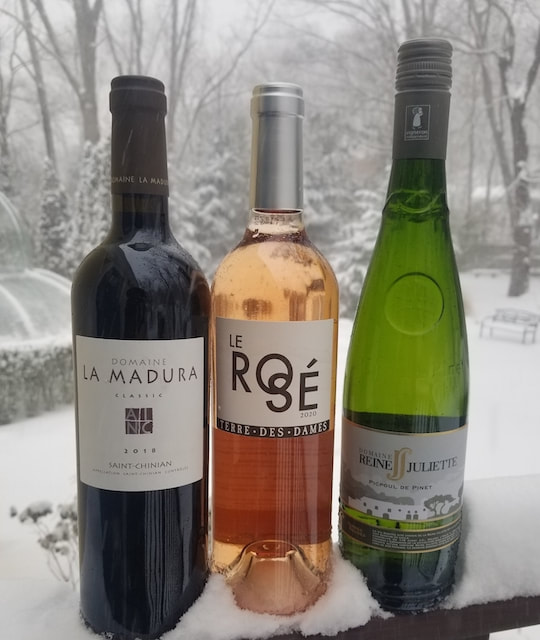
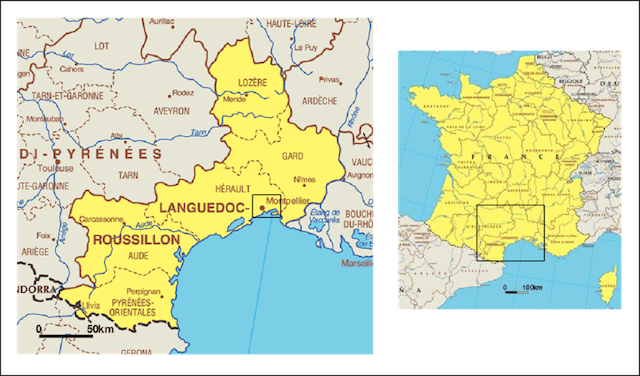
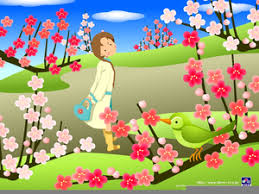
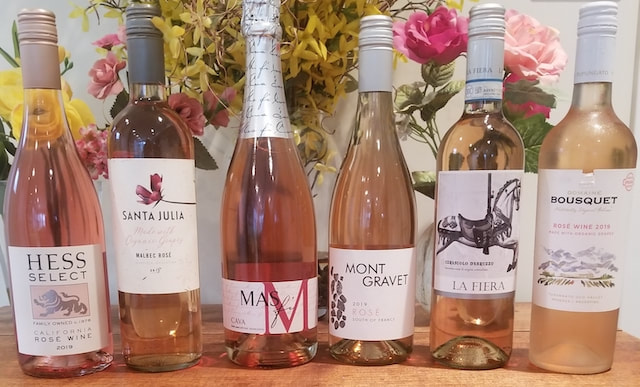
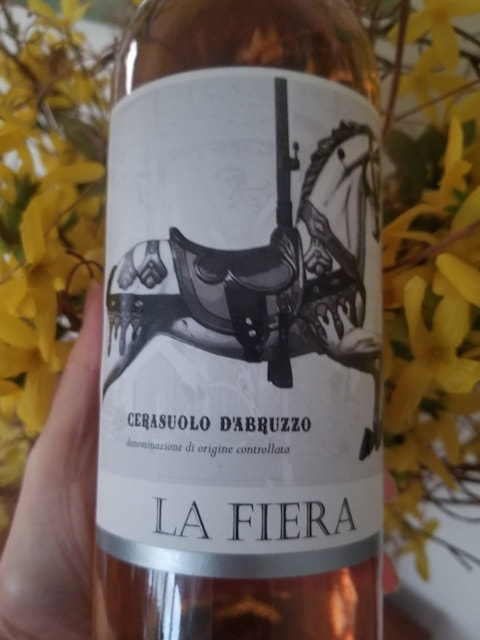
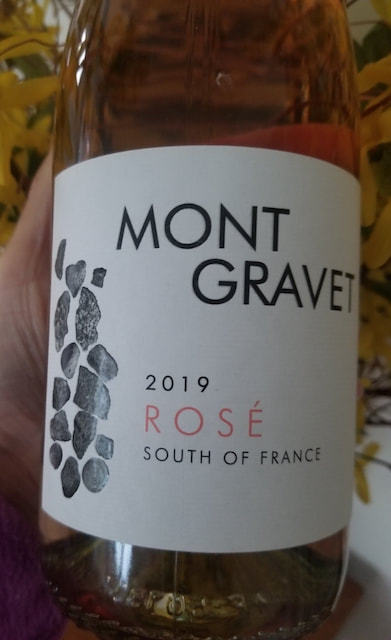
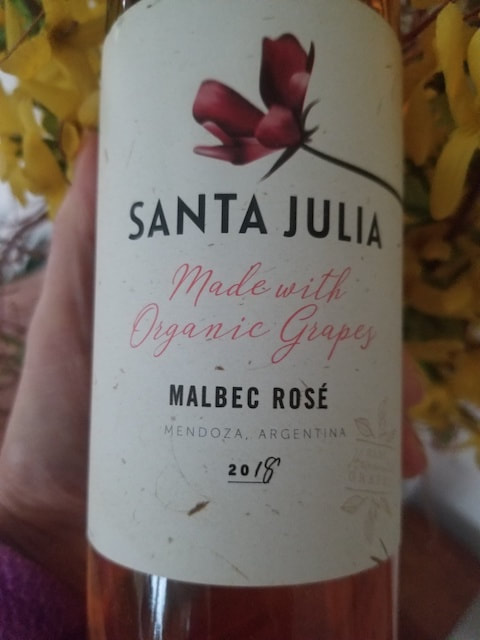
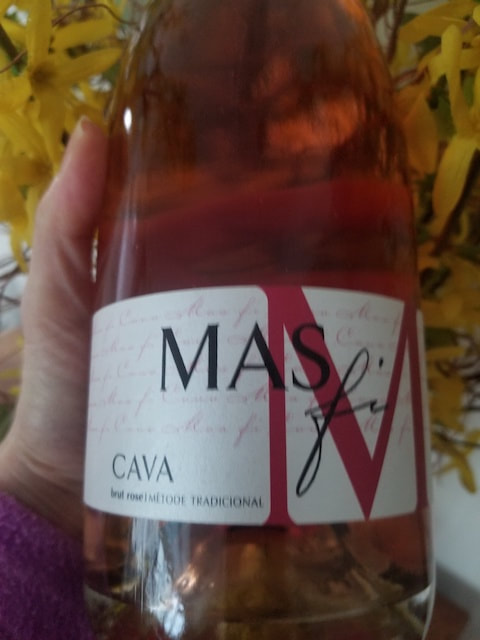
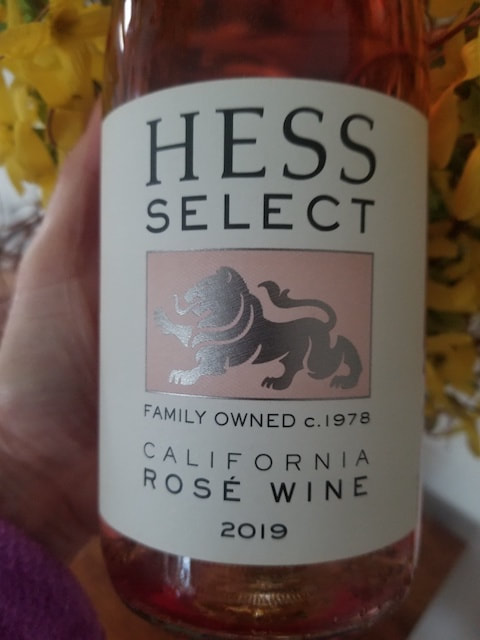
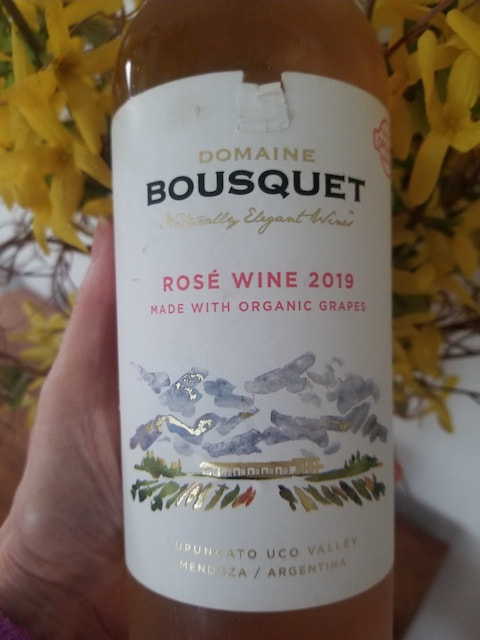
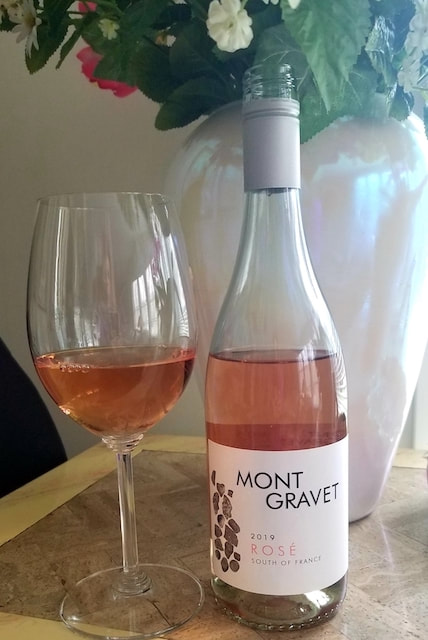
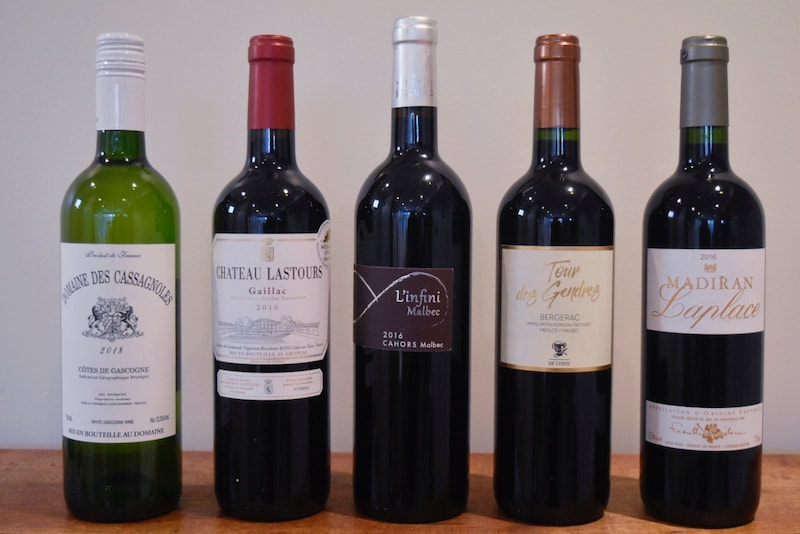
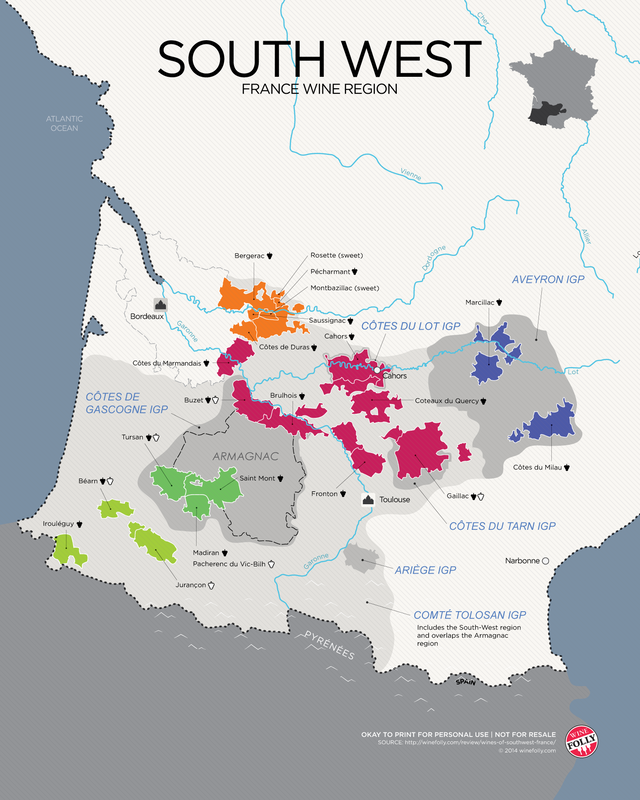
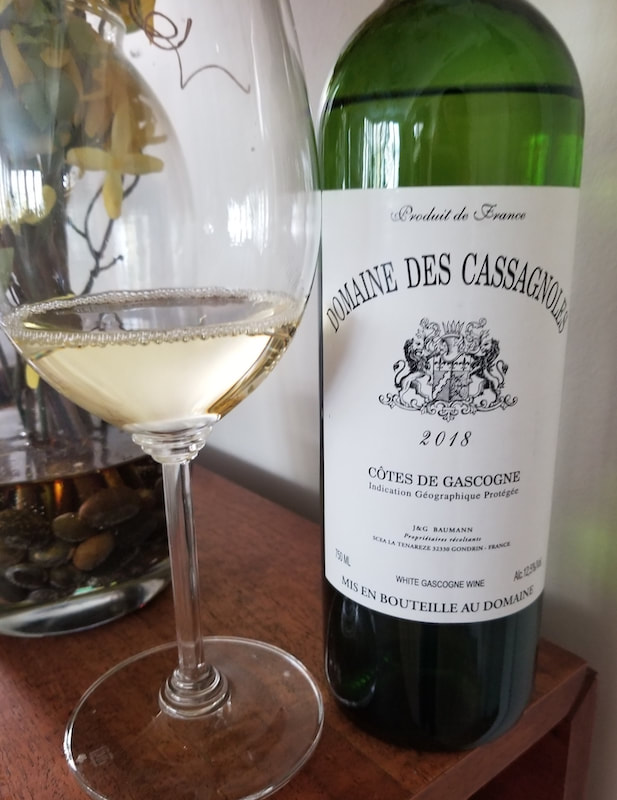
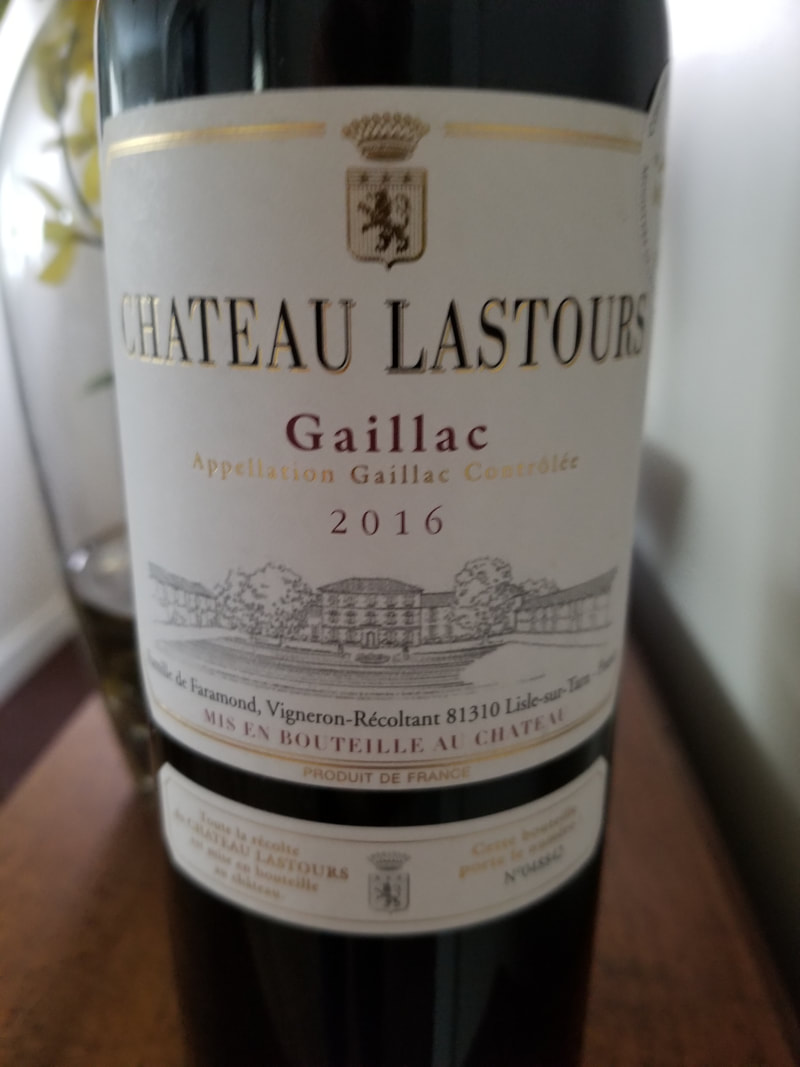
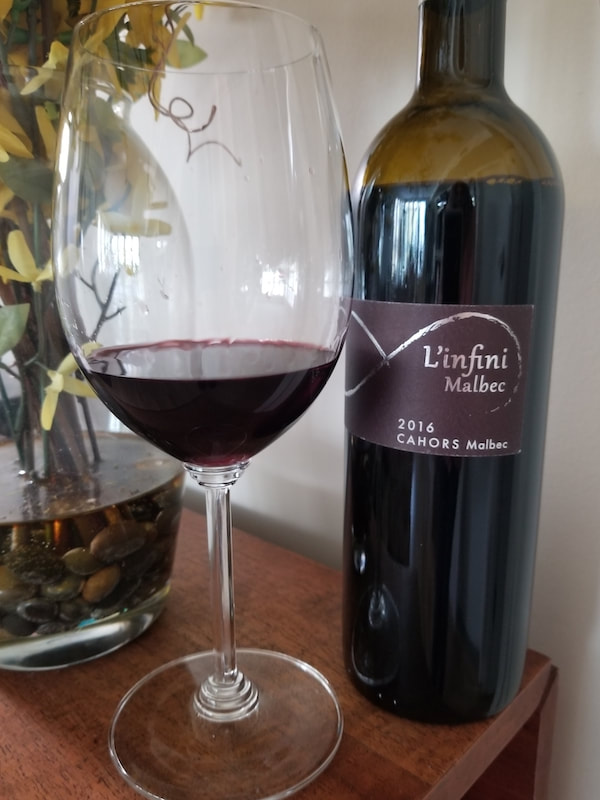
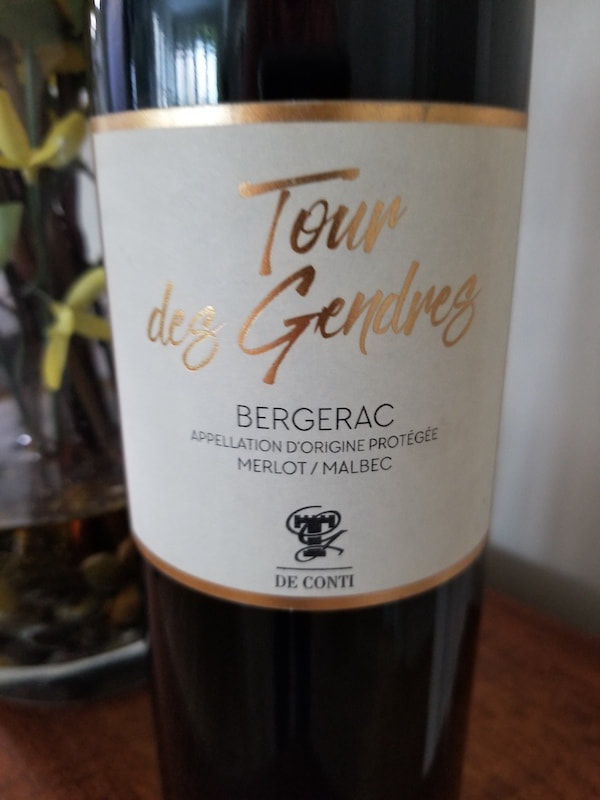
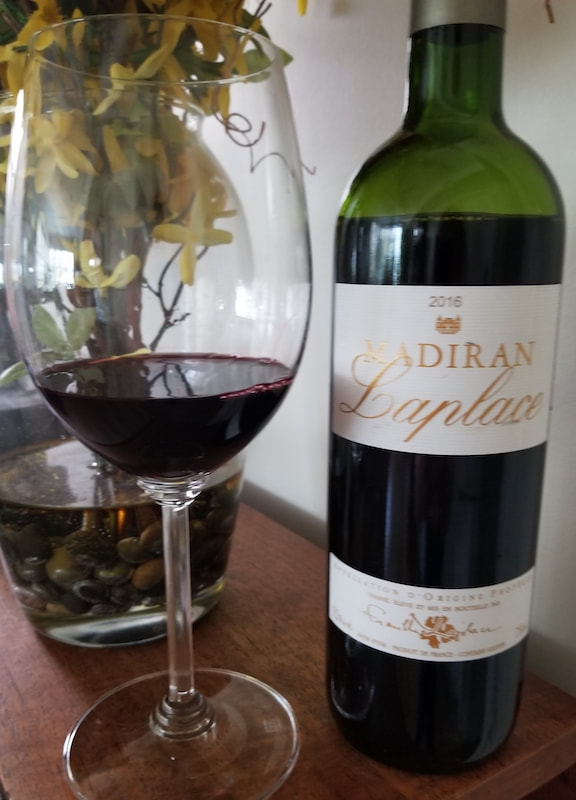
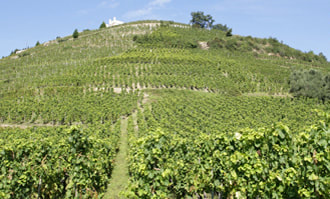
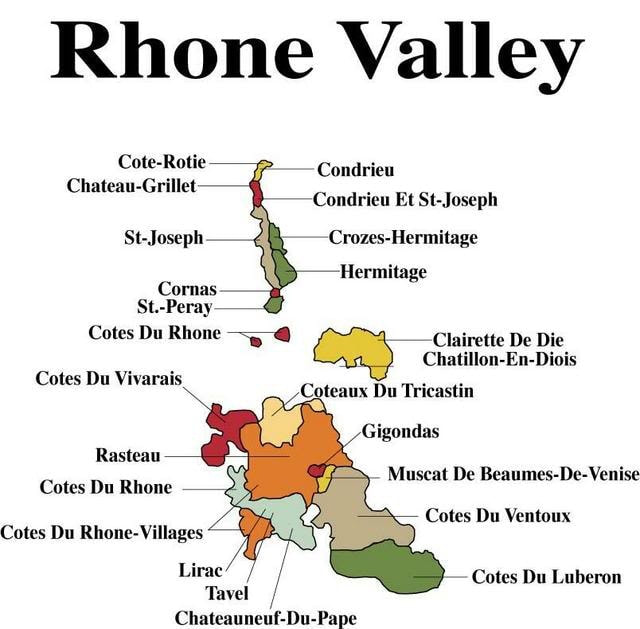
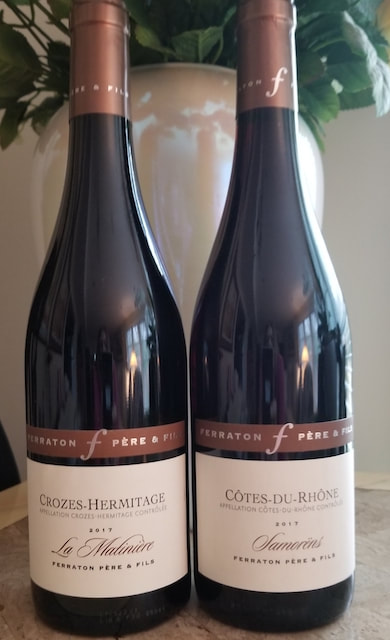
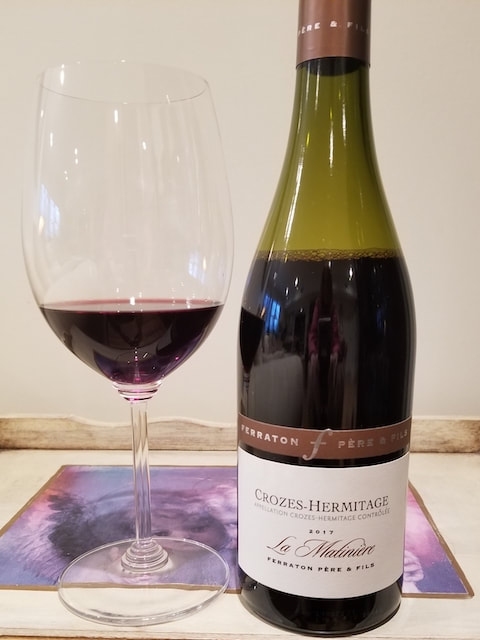
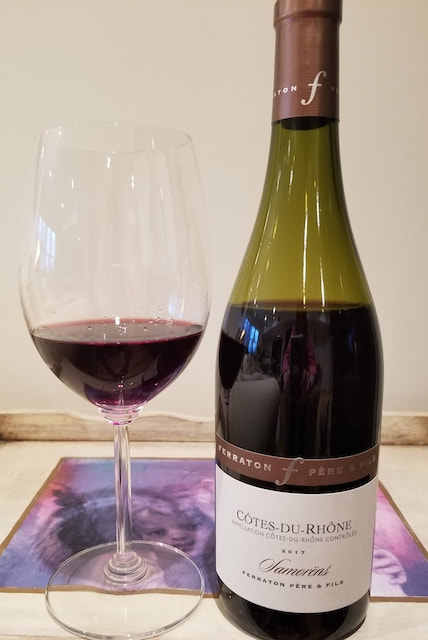
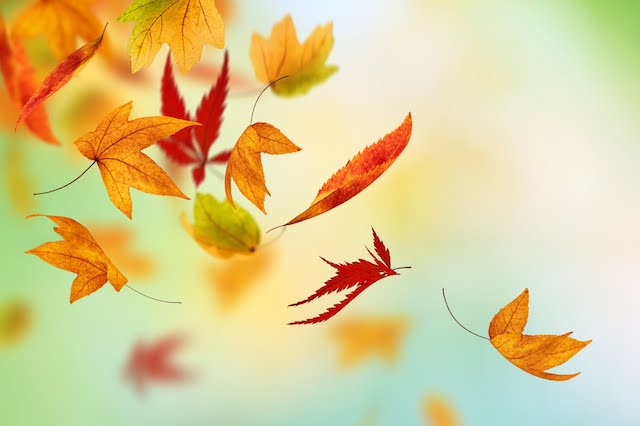
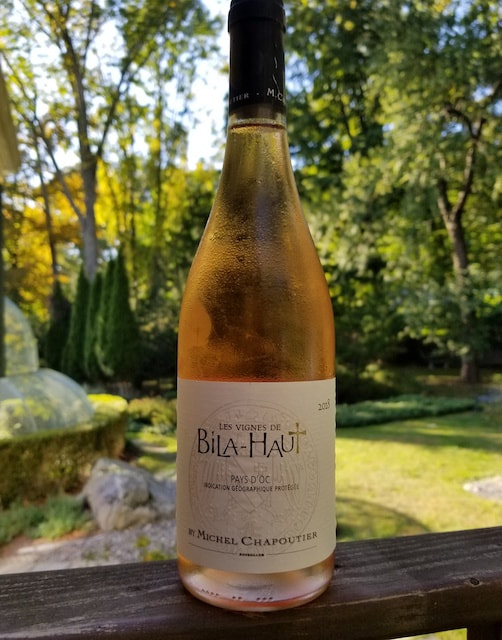
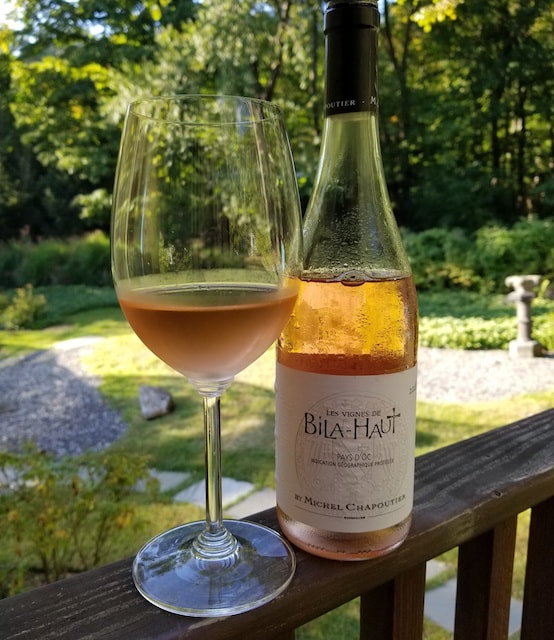
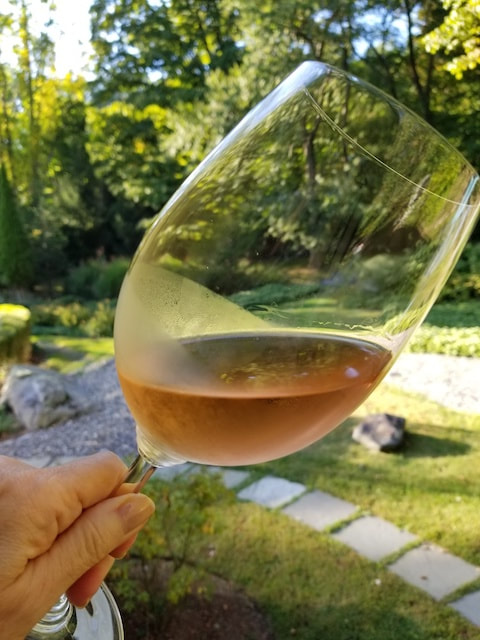
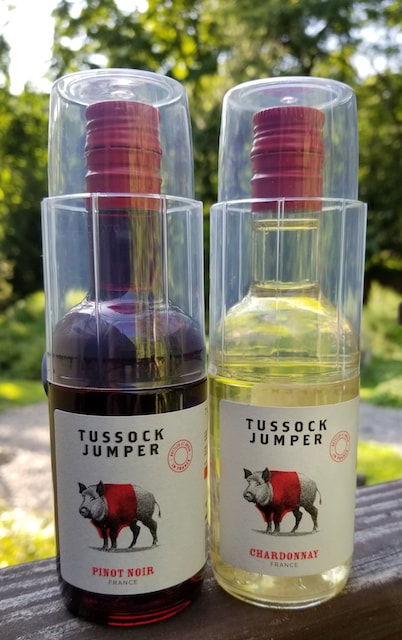
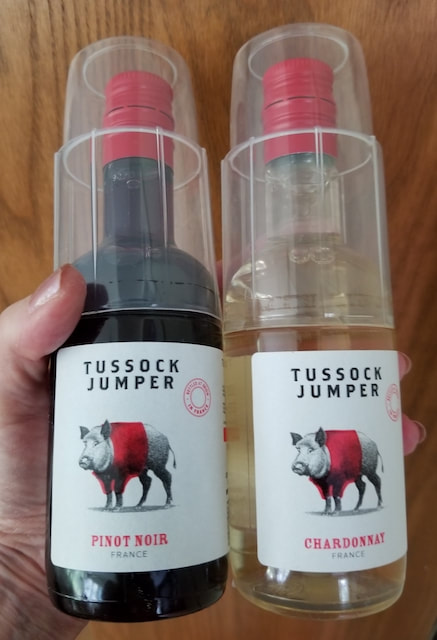

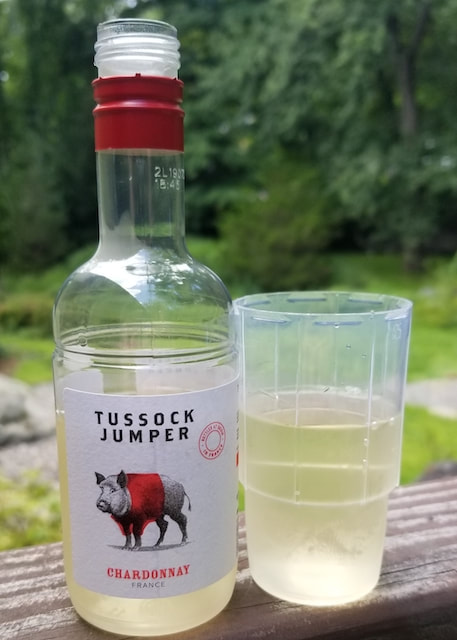
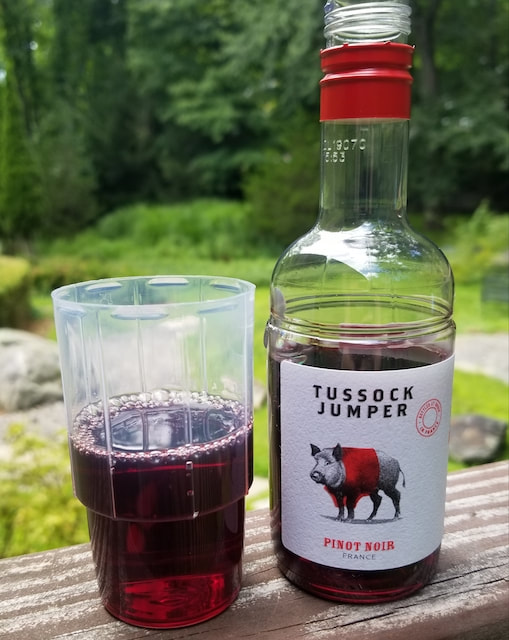
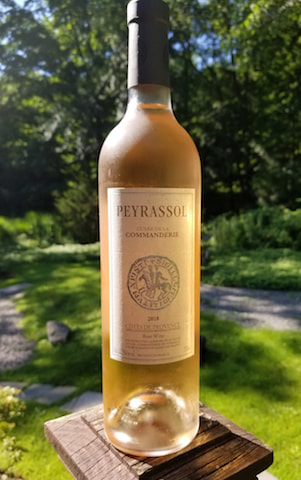

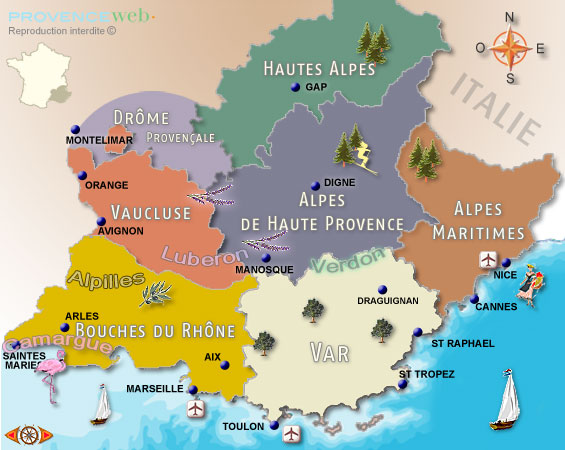
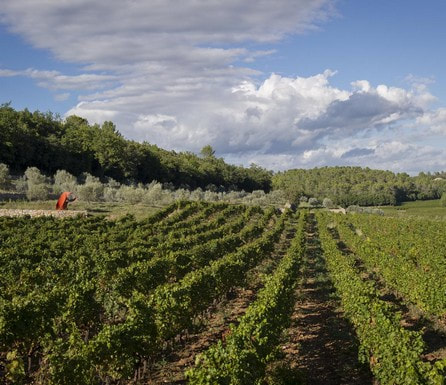
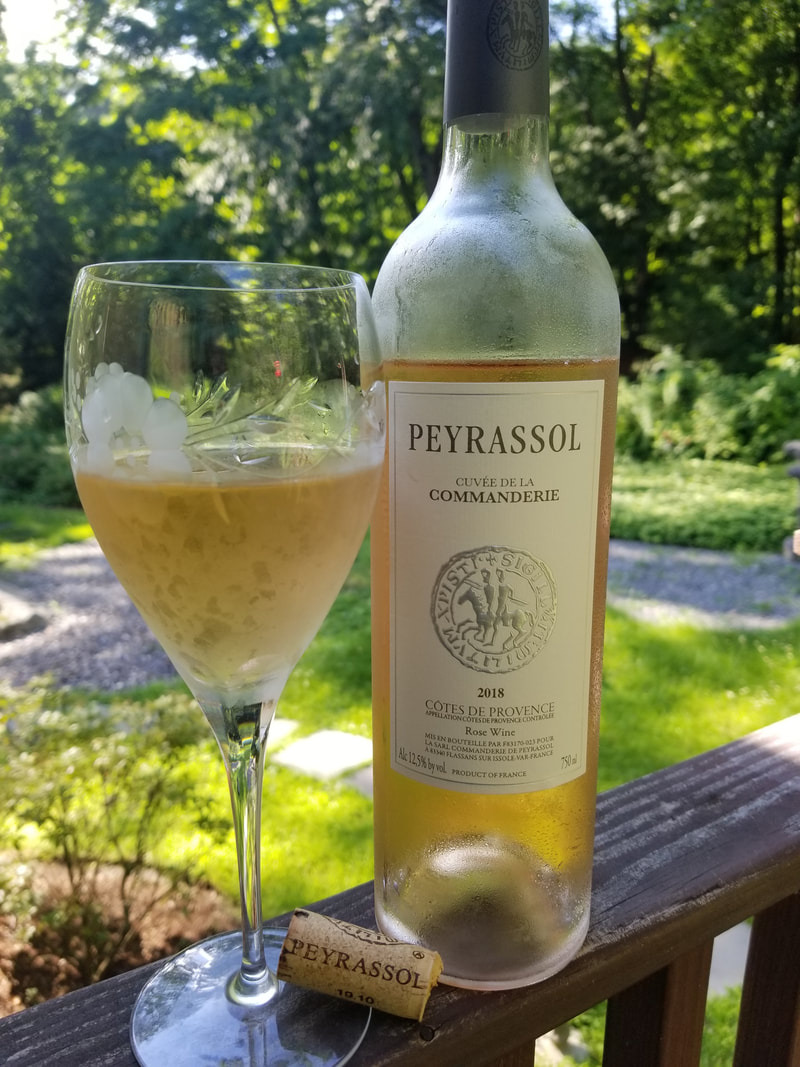

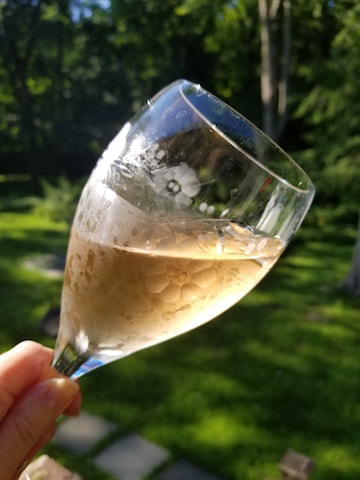


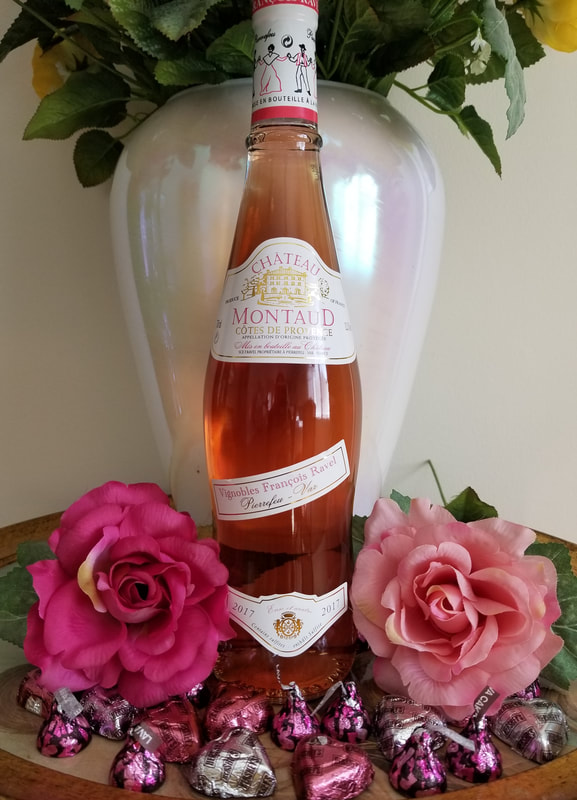
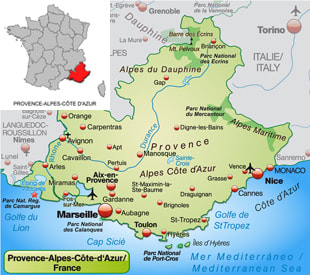
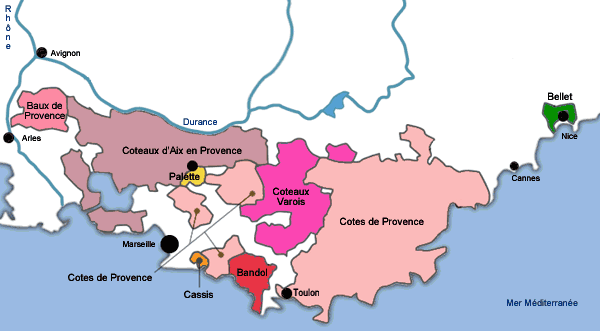
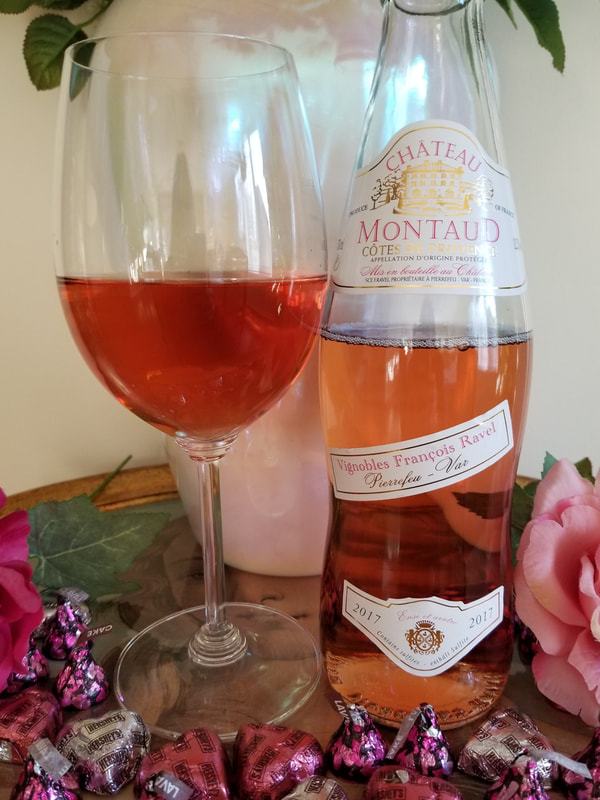
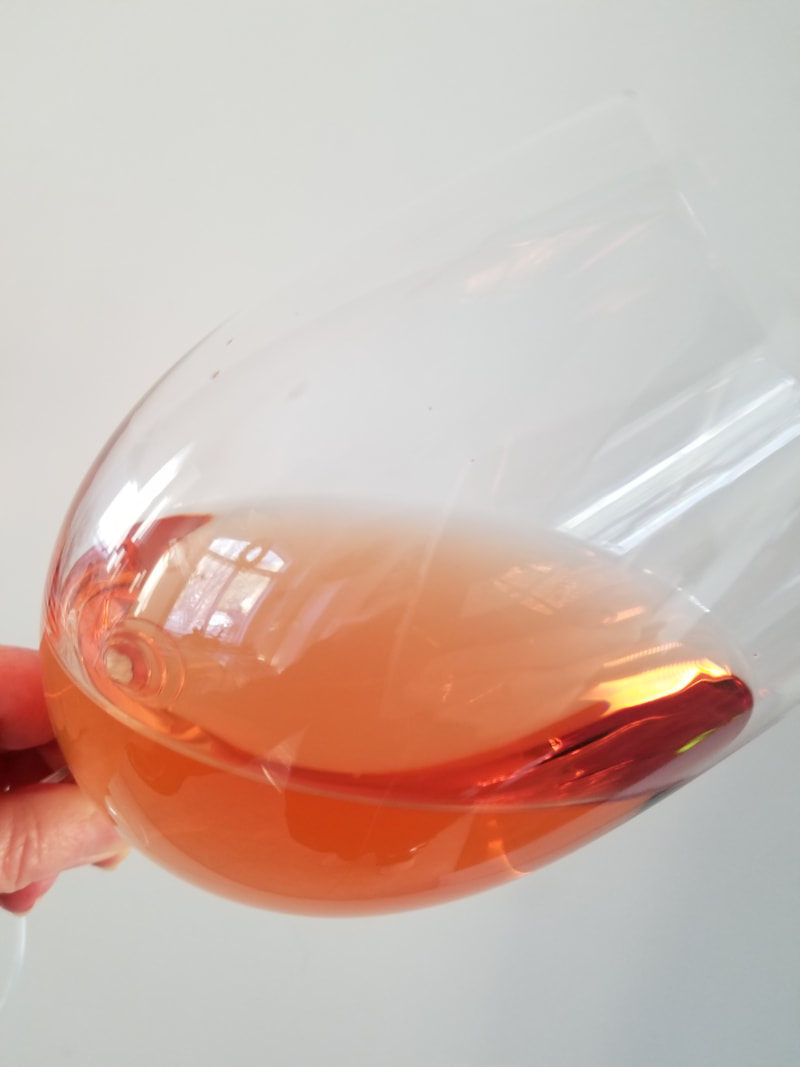
 RSS Feed
RSS Feed